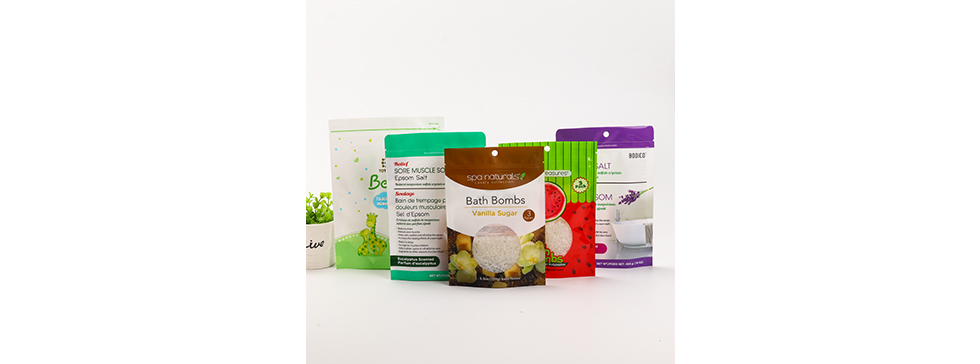How is the Aluminum Foil Roll Raw Materials For Flexible Packaging’s documentation organized and maintained?
Organizing and maintaining documentation for Aluminum Foil Roll Raw Materials for Flexible Packaging is crucial for ensuring consistency, quality control, and compliance with standards.
Here’s a guide on how the documentation is typically organized and managed:
- Document Control System:
- Implement a document control system that assigns unique identification numbers or codes to each document.
- Establish a master document register or database to track the status, revisions, and history of each document.
- Document Types:
- Categorize documents based on their types, such as specifications, quality control procedures, safety guidelines, certificates of analysis, and manufacturing instructions.
- Version Control:
- Clearly indicate the version number or revision status on each document.
- Maintain a record of changes made to documents, including the reason for the change and the date of revision.
- Folder Structure:
- Organize documents into a logical and easily navigable folder structure. Common categories may include:
- Product Specifications
- Quality Control Procedures
- Safety Data Sheets (SDS)
- Certifications and Compliance
- Manufacturing Instructions
- Supplier Documentation
- Organize documents into a logical and easily navigable folder structure. Common categories may include:
- Naming Conventions:
- Establish a consistent naming convention for documents to make it easy to identify their content.
- Include relevant information such as document type, version, and date in the filename.
- Access Control:
- Implement access controls to ensure that only authorized personnel can access and modify specific documents.
- Clearly define roles and responsibilities for document management.
- Cross-Referencing:
- Include cross-references within documents to related materials. For example, link product specifications to quality control procedures.
- Approval Workflows:
- Define and implement approval workflows for critical documents. Specify the individuals or departments responsible for approving and reviewing each document.
- Document Templates:
- Create standardized document templates to maintain consistency in formatting and content across different types of documents.
- Document Retrieval:
- Ensure ease of document retrieval by implementing a systematic indexing system.
- Provide a search functionality or index to quickly locate specific documents.
- Periodic Review:
- Establish a schedule for periodic review of documents to ensure that they remain up-to-date and relevant.
- Update documents as needed based on changes in regulations, Aluminum Foil Roll Raw Materials For Flexible Packaging standards, or internal processes.
- Backups and Storage:
- Regularly back up the entire document repository to prevent data loss.
- Store backups in secure locations to mitigate the risk of physical damage or data corruption.
- Training Records:
- Maintain records of training sessions related to document control. Ensure that personnel are familiar with the document management system and any updates.
- Audit Trail:
- Implement an audit trail feature to track who accessed, modified, or approved each document.
- Use this information for internal audits and compliance assessments.
- Integration with Quality Management Systems:
- Integrate the document management system with broader quality management systems to streamline processes and ensure consistency.
- Continuous Improvement:
- Establish a feedback loop for continuous improvement. Encourage employees to provide suggestions for enhancing the document management system.
By following these practices, organizations can establish an organized, efficient, and compliant documentation system for Aluminum Foil Roll Raw Materials for Flexible Packaging. This approach contributes to product quality, regulatory compliance, and overall operational excellence.
